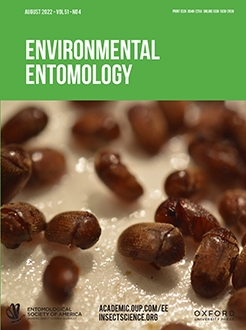Lymantria dispar L. is a serious invasive defoliator of broadleaf trees in both North America and Eurasia. When rearing L. dispar for research, the artificial diet must have a source of iron that is bioavailable and in the quantity needed to ensure normal development and survival. The standard iron supplement in L. dispar diet, amorphous ferric phosphate, is no longer commercially available, which motivated studies on alternative iron sources and concentrations. The responses of three L. dispar populations (including an L. dispar asiatica Vnukovskij population) to seven different iron doses were determined over two generations. The response to eight iron compounds and no added iron was also assessed over two generations for an L. dispar dispar population. The optimal levels of iron were 100, 150, and 198 mg/l of available iron for the New Jersey Standard Strain, a near-wild West Virginia population, and a near-wild Russian Far East population, respectively. All three populations showed symptoms of insufficient iron when reared on the lowest dose of iron and signs of excess iron at the highest two doses. All of the alternate iron sources evaluated provided adequate available iron, although three sources had some issues that may not make them the best options. These results reveal differences in nutritional requirements among different populations of L. dispar and verify the existence of viable replacement sources of iron for the standard amorphous ferric phosphate long used in L. dispar rearing.
Graphical Abstract






